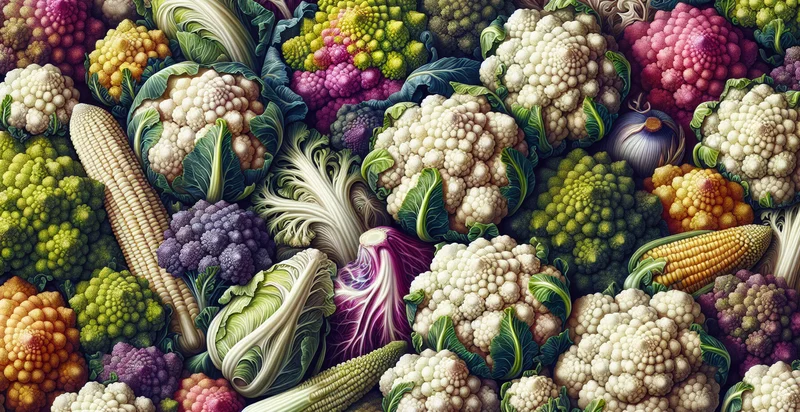Identify cauliflower species
using AI
Below is a free classifier to identify cauliflower species. Just upload your image, and our AI will predict what species of cauliflower it is - in just seconds.

Contact us for API access
Or, use Nyckel to build highly-accurate custom classifiers in just minutes. No PhD required.
Get started
import nyckel
credentials = nyckel.Credentials("YOUR_CLIENT_ID", "YOUR_CLIENT_SECRET")
nyckel.invoke("cauliflower-species", "your_image_url", credentials)
fetch('https://www.nyckel.com/v1/functions/cauliflower-species/invoke', {
method: 'POST',
headers: {
'Authorization': 'Bearer ' + 'YOUR_BEARER_TOKEN',
'Content-Type': 'application/json',
},
body: JSON.stringify(
{"data": "your_image_url"}
)
})
.then(response => response.json())
.then(data => console.log(data));
curl -X POST \
-H "Content-Type: application/json" \
-H "Authorization: Bearer YOUR_BEARER_TOKEN" \
-d '{"data": "your_image_url"}' \
https://www.nyckel.com/v1/functions/cauliflower-species/invoke
How this classifier works
To start, upload your image. Our AI tool will then predict what species of cauliflower it is.
This pretrained image model uses a Nyckel-created dataset and has 9 labels, including Brassica Botrytis, Brassica Italica, Brassica Juncea, Brassica Napus, Brassica Oleracea, Brassica Rapa, Broccoli Cauliflower, Cabbage Cauliflower and Romanesco Cauliflower.
We'll also show a confidence score (the higher the number, the more confident the AI model is around what species of cauliflower it is).
Whether you're just curious or building cauliflower species detection into your application, we hope our classifier proves helpful.
Related Classifiers
Need to identify cauliflower species at scale?
Get API or Zapier access to this classifier for free. It's perfect for:
- Agricultural Research: This function can be utilized in agricultural research to identify and differentiate between various species of cauliflower. Researchers can analyze the genetic diversity among species, helping in developing better cultivation practices and hybrids.
- Food Quality Control: Food manufacturers can implement this image classification function in quality control processes to ensure that only the correct species of cauliflower is used in products. This can help prevent food fraud and maintain brand integrity by ensuring consumers receive what they expect.
- Supply Chain Management: Distributors can use the cauliflower species identifier to validate the species during transportation and storage. By ensuring the accurate species identification, they can minimize waste and ensure compliance with regulations related to food labeling.
- Consumer Education: Supermarkets and grocery stores can implement this function in mobile apps or kiosks to educate consumers about different cauliflower species. Shoppers can scan their purchases to learn about the nutritional benefits and culinary uses of each species, enhancing their shopping experience.
- Culinary Innovation: Chefs can utilize the cauliflower species identifier to explore new flavors and textures by experimenting with different cauliflower varieties. This can lead to innovative recipes and dishes that highlight the diverse characteristics of each species.
- Biodiversity Conservation: Environmental organizations can use this function for conservation efforts by tracking and monitoring cauliflower species in their natural habitats. Identifying and documenting varieties can help raise awareness and support efforts to preserve biodiversity.
- Health and Nutrition Research: Nutritionists can leverage the cauliflower species identifier in studies to assess the nutritional profiles of various cauliflower species. This information can inform dietary guidelines and enhance understanding of the health benefits associated with different types of cauliflower.


